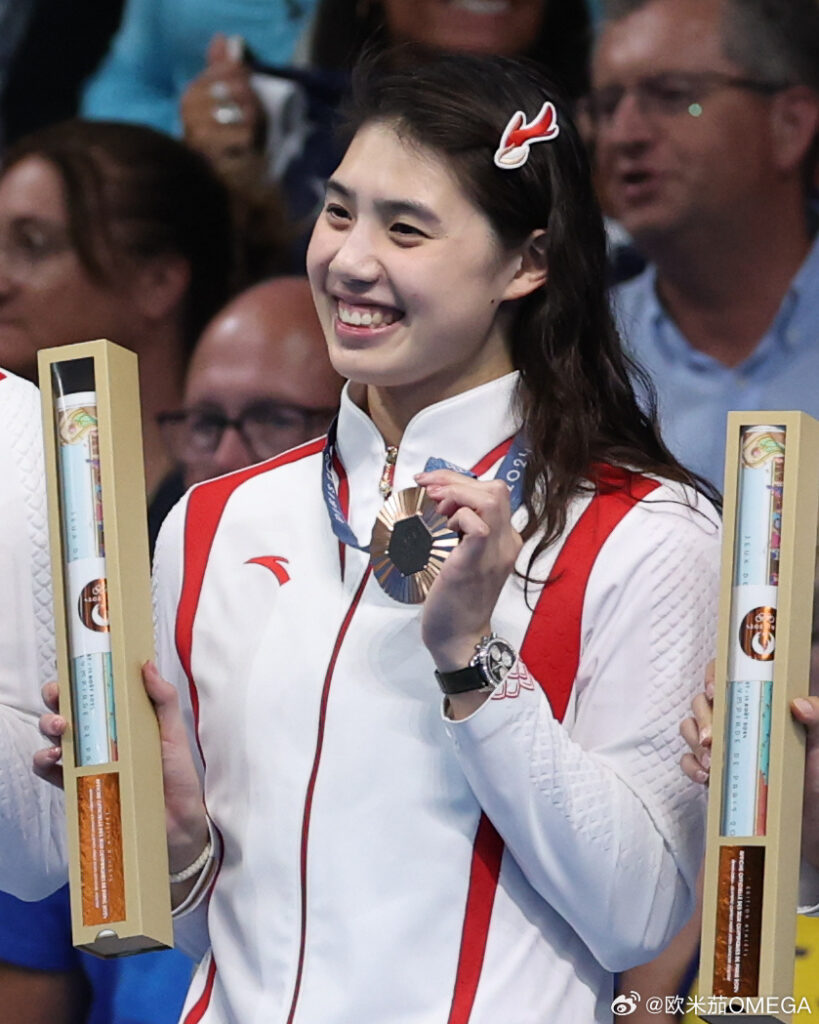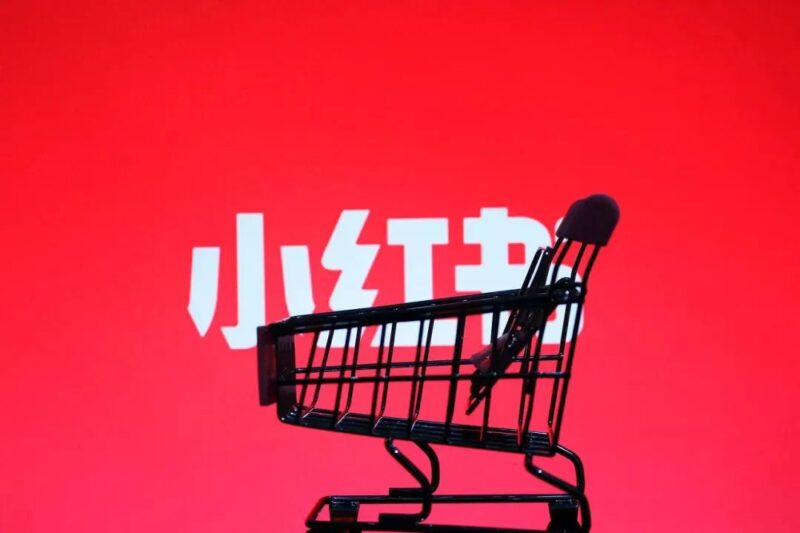As the “most luxury Olympics” continues to wow viewers, Chinese consumers seem to be taking inspiration from the jewellery making appearances at the games. It’s not about the Chaumet-designed medals, but the jewellery worn by athletes while competing.
Hong Kong foil fencer Edgar Cheung Ka-long won gold on 30 July, which is when many discovered the Van Cleef and Arpels Alhambra bracelet on his wrist. Badminton player Chen Yufei from China was also spotted with an Alhambra necklace earlier on. This has fuelled the “xuanxue” speculation that both leveraged the luck-bringing capability of the four-leaved clover-shaped pendant from the French jeweller. It is also notable that neither were ambassadors of the brand, unlike Eileen Gu’s Tiffany & Co. endorsement.

But it’s not all international luxury brands, nor is it all positive. On Weibo, there has been a small wave of conspiracy theories that women’s table tennis gold medallist Chen Meng defeated her compatriot Sun Yingsha because of the Fengshui properties of the round jade pendant she wears on her necklace. The topic “Chen Meng jade necklace symbolises consummation in Paris” (#陈梦翡翠项链寓意巴黎圆满#) shot to number 2 on the Hot Search list with 88.56 million views. As roundness usually means completeness in traditional Chinese symbolism.
From Wang Chuqin’s Tiffany necklaces in the airport to Ma Long’s Omega Speedmaster Chronoscope Paris 2024 edition at the opening ceremony, many are paying close attention to the jewellery and watches worn at the Olympics. It needs to be pointed out that Ma is a brand ambassador for the Swiss watchmaker and Omega has leveraged its appearances at the games several times. With a huge amount of attention on the Olympic Games, it is a great opportunity for brands to gain awareness among netizens and customers. But unlike other sectors, the jewellery industry also has “xuanxue” to rely on.









